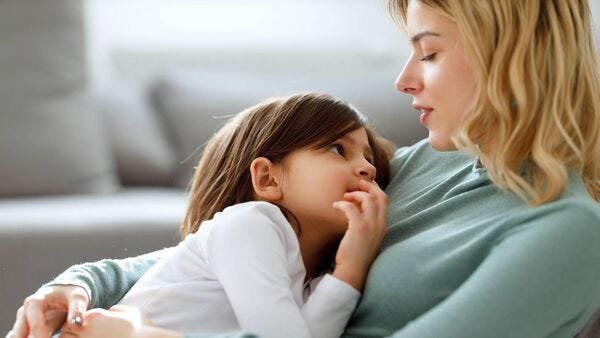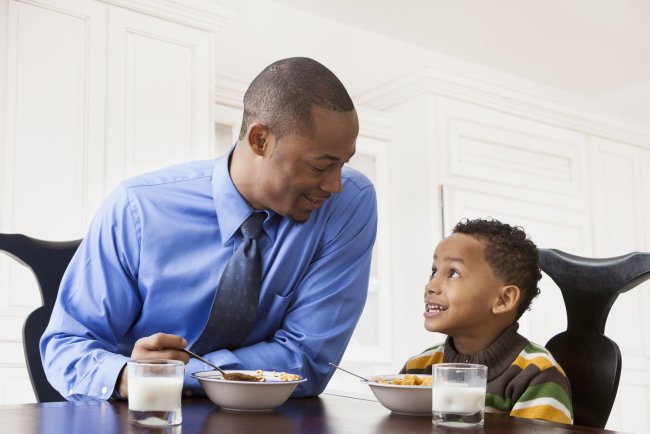The Better Way to Discipline Children: Teaching With Love, Not Fear
Of all the challenges that come with parenting the sleepless nights, the endless laundry, the financial freefall perhaps the hardest is figuring out how to discipline children in a way that actually works.

Because at the end of the day, raising kids isn’t just about keeping them fed, clean, and alive. It’s about guiding them toward becoming safe, kind, respectful, and capable human beings. And that requires discipline though maybe not in the way you first think.
The very word discipline comes from the Latin disciplinare, meaning to teach or train. Yet, for many parents, “discipline” is too often synonymous with punishment yelling, threats, or even spanking. The American Academy of Pediatrics has made it clear: those “aversive” strategies don’t just fail to work long-term, they can leave lasting scars.
Why Harsh Discipline Backfires
Yelling and spanking may feel like quick fixes in the heat of frustration, but research paints a troubling picture. Children who are spanked are more likely to struggle later with aggression, anxiety, depression, substance use, and even unhealthy relationships. It’s not hard to see why: when you teach kids that hitting is acceptable in some situations, they carry that lesson forward.
And harsh words? They land just as heavily. Consistent yelling can damage a child’s self-esteem, strain the parent-child bond, and lead to behavioral or emotional struggles down the road.
That doesn’t mean every child who was spanked or yelled at grows up broken; plenty of adults will tell you they “turned out fine.” But here’s the question: why gamble on your child’s well-being when better tools exist?
What Better Discipline Actually Looks Like

The most effective discipline isn’t reactive, but proactive. It’s about setting kids up for success, teaching expectations before chaos unfolds, and handling mistakes with a mix of structure and compassion.
Here’s how that looks in practice:
1. Know What’s Age-Appropriate
A toddler grabbing things they shouldn’t isn’t being “bad” they’re exploring. A teenager pushing boundaries isn’t betraying you, they're learning independence. Understanding child development helps parents respond with guidance rather than punishment.
2. Set Clear Rules (and Stick to Them)
Kids thrive when boundaries are visible and predictable. Decide which rules matter most to your family and enforce them consistently. Wavering or bending rules in moments of exhaustion only teaches kids to test the limits harder next time.
3. Create Logical Consequences
Consequences work best when they’re immediate, clear, and connected to the behavior. “Time-out” is a classic example: short, boring, and free of attention. For older kids, it might mean losing screen time, missing an outing, or temporarily putting away a favorite toy.
4. Reward the Good Stuff

Children crave attention. If you only focus on mistakes, you’ll get more of them. Praise kindness, patience, effort, and respect. Simple affirmations like “I love how you shared with your sister” or “That was really responsible of you” go further than most parents realize.
5. Manage Your Own Emotions
No one can press your buttons quite like your child. If you feel your temper rising, it’s okay even wise to give yourself a parent time-out. Step away, breathe, and return calmer. Modeling emotional regulation teaches kids more than any lecture ever could.
The Truth About Discipline
Parenting is hard. Every single one of us will stumble when it comes to discipline whether it’s yelling in frustration or letting a rule slide out of sheer exhaustion. That doesn’t make you a bad parent; it makes you human.
The goal isn’t perfection, but persistence. And when discipline comes from a place of love, consistency, and teaching rather than fear or force, children learn not just to behave, but to grow into compassionate, resilient, and respectful adults.
And really, isn’t that the whole point?
What's Your Reaction?




















